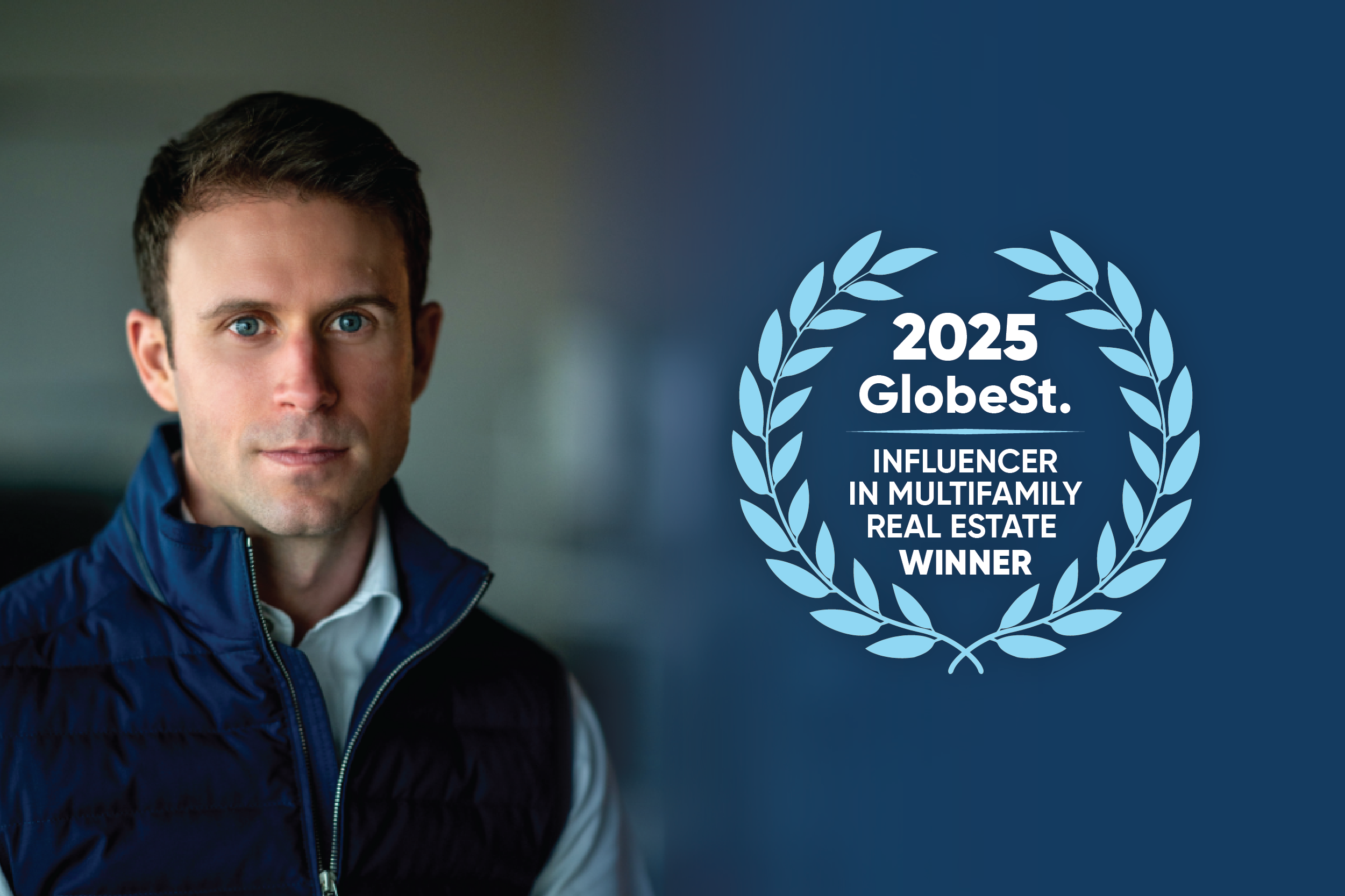Drive and motivation are often used interchangeably, but they contribute to success in varying degrees. Understanding the key differences between the two is essential when making hiring decisions, navigating business challenges and, ultimately, forging a fulfilling life.
At my company, Asset Living, one of our core values is drive. We define it as never simply going through the motions but making the most out of every opportunity—showing up not just to participate but to win.
So, let’s dive deeper and examine what truly sets drive apart from motivation.
Motivation is ephemeral; drive is incessant.
Motivation is the fuel that ignites the engine. It is the initial spark that gets us moving, but it is not always enough to sustain us over the long term. It’s a temporary state that can come and go depending on external circumstances. While motivation can be a helpful catalyst for change, it is seldom sustainable and requires constant reinforcement. In his book Drive: The Surprising Truth About What Motivates Us, psychologist Daniel Pink notes that while rewards can provide short-term motivation, they aren’t always viable over the long term.
Drive, on the other hand, is the constant churning that propels us forward toward a specific goal. It has the momentum of a train—moving us to take action despite obstacles or challenges. Drive is the willingness to work persistently and to push through difficulties to achieve a desired outcome. It is often described as an innate, internal—and at times insatiable—force that compels us to act.
Motivation is extrinsic while drive is intrinsic.
Common examples of what fuels motivation include wealth, reputation or a sense of duty. While these factors influence decisions and action, they aren’t typically tethered to a higher purpose. Alternatively, intrinsic motivation is closely related to personal drive. When it comes to intrinsic motivation, the reward is the activity itself. For example, you may learn a new language because you like experiencing new things, not because your job requires it. This internal drive produces personal satisfaction or a sense of fulfillment when achieving goals—ultimately attaching oneself to a greater purpose and generating lasting results.
To further emphasize the distinction, let’s consider an example of a marathon runner. The marathon runner is highly motivated to run the race, but without the drive to train and persist through the physical and mental challenges ahead, they would struggle to achieve their goal. The drive to succeed is what pushes them to show up every day and train tirelessly, maintain a rigid diet and push through the discomfort of preparing for a 26.2-mile race. During training, there aren’t any spectators, cheering friends or shiny trophies. This is when motivation dwindles and drive kicks in—when nobody is watching. Even if the race were to get rained out, a driven marathoner would likely still show up because they compete for personal fulfillment rather than external validation.
Drive can help with forming habits that contribute to long-term success.
According to Edward L. Deci and Richard M. Ryan, when it comes to intrinsic motivation, “The rewards are inherent in the activity, and even though there may be secondary gains, the primary motivators are the spontaneous, internal experiences that accompany the behavior.
In addition to its momentum and self-sustaining nature, drive has another advantage over motivation: It can be developed and strengthened over time. It can be honed and enhanced through experience and intentional effort. In other words, it can become habitual.
How can you strengthen drive?
1. Understand your why.
Understanding your purpose and what motivates you is vital for not only developing your drive but also sustaining it. By reflecting on your values, passions and goals, you can determine what drives you on a deeper level. This can also help you remain focused despite setbacks. For example, we encourage our employees to connect with our company’s mission, which is anchored in the belief that everyone deserves a place to call home.
2. Set reachable goals.
This means setting ambitious goals that are specific, measurable and challenging. It’s important to set objectives that push you out of your comfort zone. Looking back at my career, the decisions that frightened me the most ultimately resulted in the most favorable outcomes.
3. Put one foot in front of the other.
Nurture a growth mindset, which means embracing challenges, persisting through setbacks and focusing fervently on continuous learning and self-improvement.
Drive isn’t just a means to an end; it’s a way of life. By cultivating it, we can achieve sustainable success that leaves a lasting impact—not because we want to leave a legacy but because we simply want to live a well-rounded, fulfilled life.




